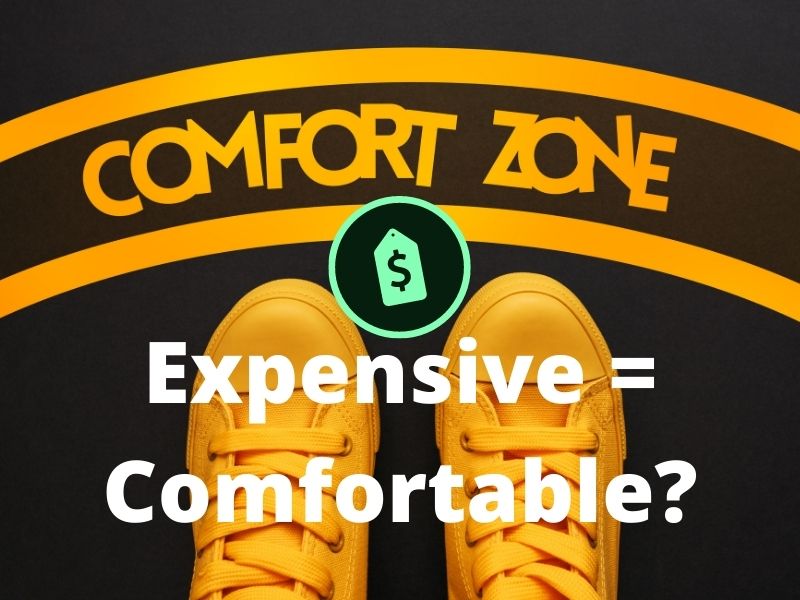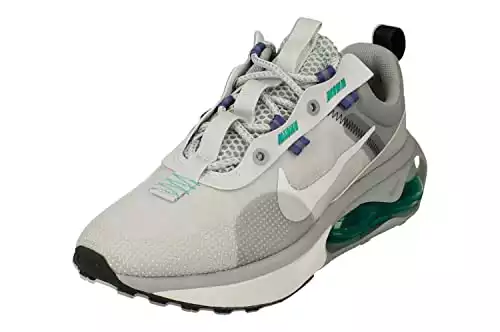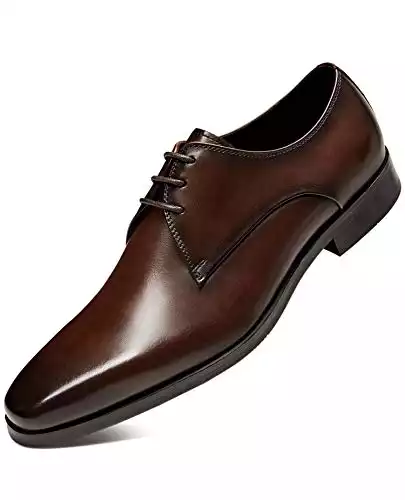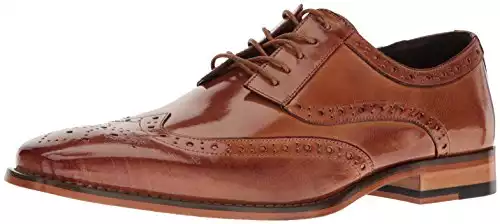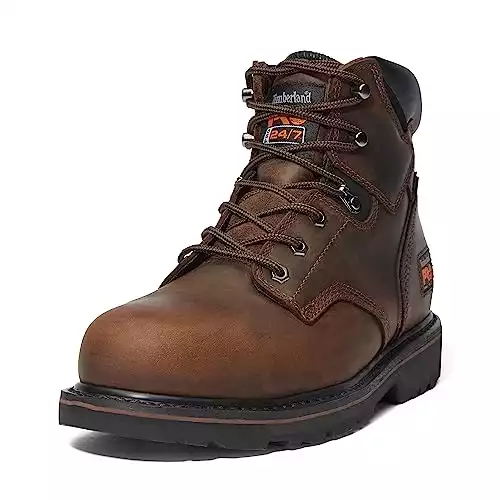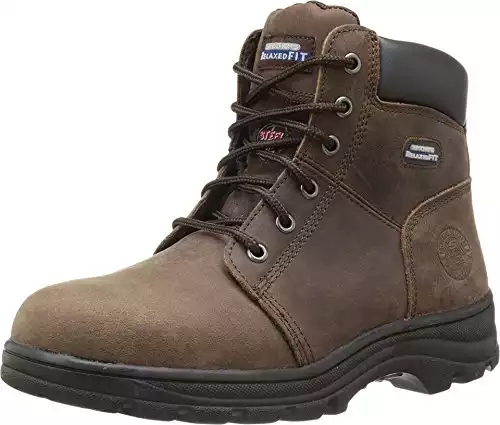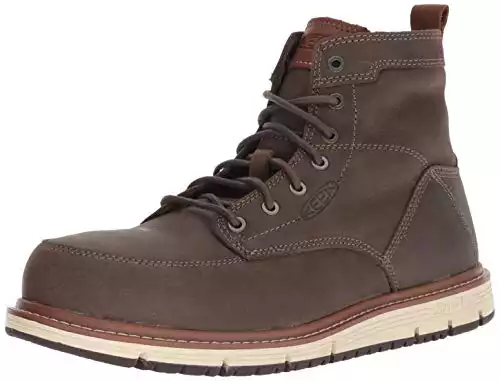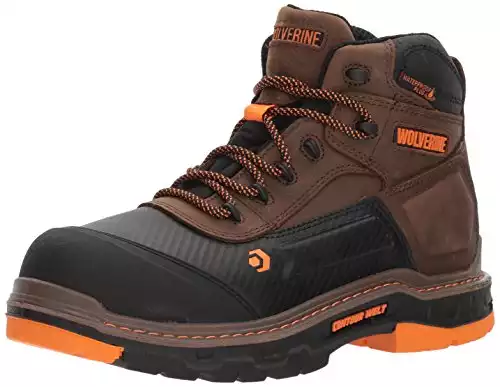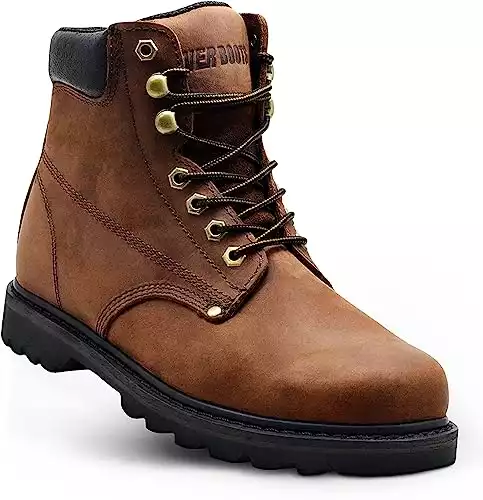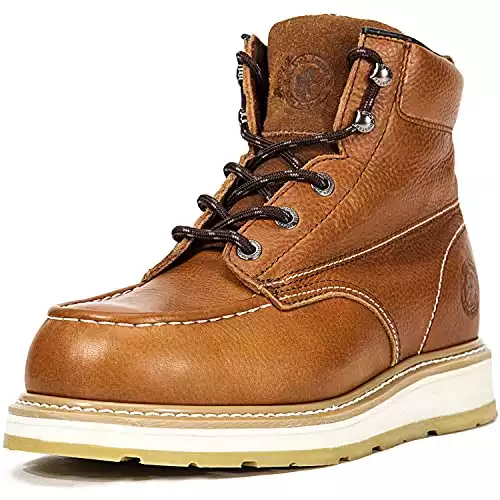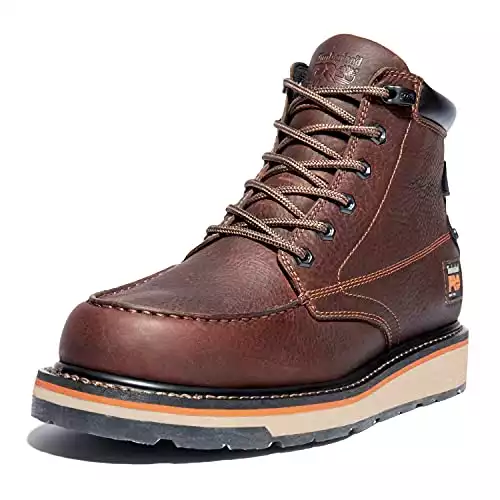Luxury has always been synonymous with the American Dream. With an assortment of designer merchandise, how else are we supposed to flaunt our success? This mentality is often associated with a high-end car or house, but it can be applied to our clothes and shoes as well.
It’s easy to point out a luxury pair of shoes from a mile away and feel a hint of jealousy. They appear so stylish, why can’t I own a pair? Even with style, you soon pick out that they’re walking strangely. You soon ask yourself, though, “are those shoes even comfortable?”
Are expensive shoes really more comfortable? While the quality of the shoe is loosely based on the price point, you’re not limited by your finances if this luxury doesn’t apply to you. There are many ways to take a cheap pair of shoes and “hack” them to be as comfortable or sturdy as a designer brand.
To state that shoes are a quintessential item in our lives is quite an understatement. We spend the majority of our time walking from place to place. No distance is too small or large, which doesn’t require a quality pair of shoes. As a result, we must invest in a pair that is sturdy for any terrain and delivers superb comfort in our daily activities.
Are Expensive Shoes Worth It?
This question is a controversial debate to discuss. Everyone has varying opinions on this subject, with some being more aggressive than others. Some will swear that their $250 pair of Nike ZoomX (AD) is a gift from God, while others have stated the same sentiment over a $20 pair discovered at Marshall’s. No one can really agree on which side is correct.
Ultimately, it’s just a matter of what feels good to you.
Indeed, this is a simple “duh” statement to be made, but that’s the sentiment we should approach this subject. As it should be noted, the cost of a shoe is not necessarily the best indicator of being better.
But there is a certain amount of ‘get what you pay for when it comes to this particular investment. If you’re investing in an expensive pair of running shoes, you know that the overall construction should be top-notch.
Here’s another way to think about it: it’s expensive to go cheap. Back to the reference of running shoes, spending $160 on shoes that are guaranteed to last 300 miles is a better investment than purchasing 4 pairs of $40 that may not last anywhere near as long. In this scenario, you’re saving money by spending more initially.
Breaking it all down, it’s all about making a one-time investment that we won’t regret in the long run. A disposable income is an easy term to use, harder to embrace. With this in mind, we should do all we can to ensure that our initial purchase is a match made in heaven.
Let’s look at some of the steps that investors have taken towards finding the right pair for them. In the end, you should have the knowledge to make an educated investment towards comfort.
Find the Right Fit for You
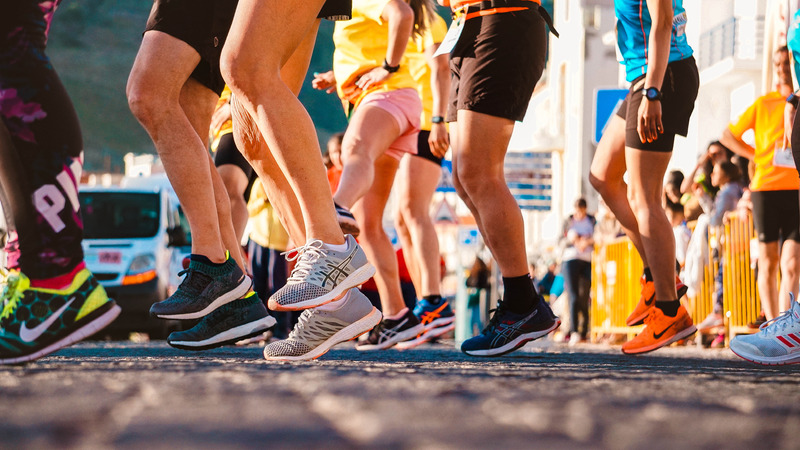
Our feet play a pivotal role in our everyday lives. Without the proper footwear, we risk hastening the pain and discomfort associated with old age.
Not only that, but we also hasten potential balance and body alignment issues due to an improper fitting. Why skimp out on an investment that will better your general health? You wouldn’t take the risk with your eyewear, so why risk it here?
While shopping for shoes online (article) is very popular, you’re excluding the need to examine what makes your feet unique. This will always result in a purchase that may look stylish but may also cause you potential foot problems over time.
That’s why we would recommend taking the time to go into a shoe store where an expert can provide a personalized shoe fitting. Here are some key aspects to acknowledge when going through the fitting experience.
How to Measure Your Feet
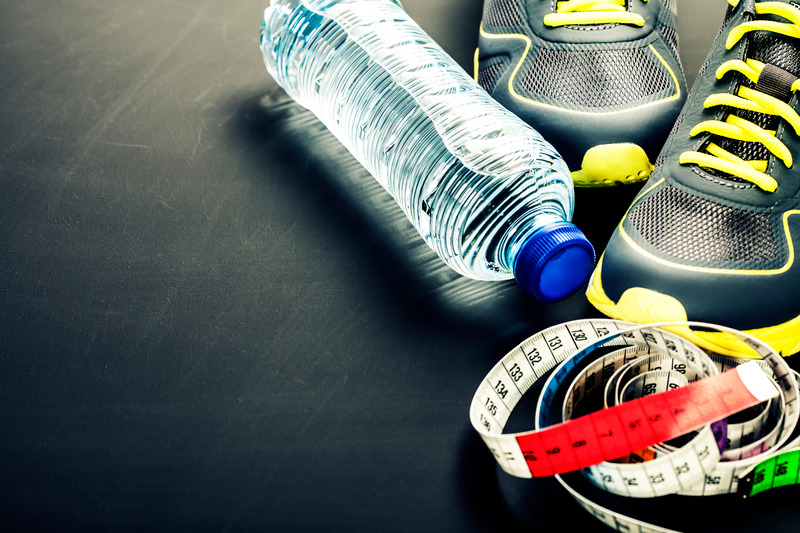
As noted previously, the size and shape of our feet change over time. Even if you have always stuck to the same shoe size, don’t assume that that size is still right for you.
Over time, the ligaments and other soft tissues in your feet begin to relax and stretch. This results in our feet becoming longer and wider.
With age, our feet can also develop deformities, bunions, high arches, claw toes, etc., that will affect the fitting process.
You should have your feet measured once or twice a year to account for these growing pains.
This will prolong any foot pain that may arise due to improper fitting. With the help of a shoe expert, here are some factors that will be acknowledged during the fitting process.
- Let the expert examine your old pair. By examining the older pair, the expert will be able to tell a lot about how you walk. Factors such as which areas have the most wear and if that is equal for both feet will determine their recommendations after fitting.
- Measure both feet, don’t assume that both are the same length. It may come as a surprise that nearly 80 percent of people have a noticeable discrepancy (article) between their left and right foot.
- This makes it vital to buy a pair that matches the larger foot. It’s easy to use pads or inserts to make up the difference for the smaller foot. It’s not so easy to add space to a shoe that is already too small. Though there are some limits to this, if the size difference is too great, then you should invest in two different sized shoes.
- Measurements should be taken after stressing your feet out. After walking around, everyone develops some swelling in their feet. The expect will find a pair that’s comfortable for you during this period of tightness. This ensures that you experience comfort, even in the most strenuous parts of your day.
- Standing during the measurement process. Since this is the position you’ll take when walking around, it’s vital to take the measurement at your most natural.
- You will also notice that your feet will spread out more while standing. As you stand, the expert will offer recommendations for shoes that will accommodate your posture and center of gravity.
- Measurements should include both width and depth. The ball of your foot (the widest part) should fit snuggly against the widest end of the shoe. The arc length is the measurement from your heel to the ball of your foot.
- An accurate measurement will ensure that the toe box has enough room to accommodate for any abnormalities. If the toe box is too small, your toes will rub against the box and cause calluses or sores to form.
- Most shoe stores can order specialty-fitted shoes if they can’t find one that fits your dimensions.
- Use shoe sizes as reference point, not as a set standard. Shoe sizes should be acknowledged as a starting point for proper fitting.
- Just like clothes, the size listed on a different brand of shoes is not a universal measurement. A 10-inch pair of Nikes will not equal the same to its competitors.
Trying on the Shoes for Comfort
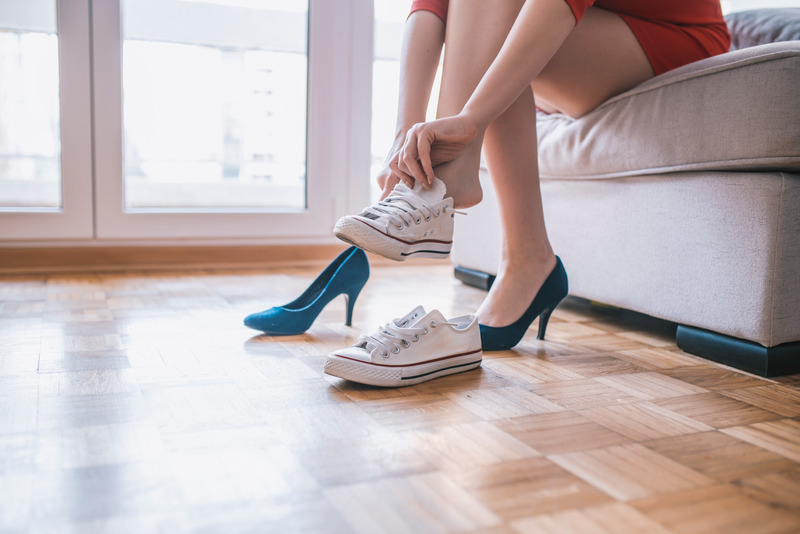
With all the necessary measurements taken, it’s time to finally try on a few pairs of shoes. The shoe expert will offer you a ton of selections for you to try and walk around with.
Like we emphasized, what dictates the perfect pair is your comfortability. But here some tips to gauge which pair is perfect and which should be completely ignored.
- Wear the appropriate sock wear for the type of shoe. Different types of shoes are more suitable for certain occasions. The same is applied to how we match our socks to our shoes.
- During the fitting process, wearing the socks that we would use is important. The thickness of the sock will affect the fit of the shoe a great deal.
- Leave some room at the front and back of the shoe. For the front of the shoe, there should be a ½ inch of wiggle room for the end of your longest toe. This is roughly the size of the tip of your index or pinky finger.
- The back of the shoe should not be too tight against your heel. If you can fit your index finger snuggly between these two points, it’s a perfect fit. Any discrepancies will cause either skin irritation from being too tight or heel slippage from being too loose.
- Shoes should be immediately comfortable. Once you put on the shoes, they should immediately feel comfortable. Don’t make a purchase on poorly fitted shoes with the hope that they will be “broken in” over time.
- If they don’t feel comfortable right away, you’re likely going to be making a poor investment.
- Walk with both shoes on. Besides the initial comfort when putting them on, it’s important to take the shoes for a test spin under different conditions.
- Walk on different surfaces (carpet, tile, cement, etc.), if possible. You should also have the expert monitor your walking to ensure that the shoes are accommodating for any initial imbalances.
- If you’re investing in athletic shoes, don’t be afraid to get aggressive with them. Taking a test-sprint in-store or outside is the best indicator if the shoes will feel right when you’re static or performing.
Identifying the Quality of Your Footwear
Nothing in our wardrobe puts up with the level of abuse nearly as much as our shoes. They collect sweat, mud, dirt, and the occasional dog turd. You might have also experienced the misfortune of that guy (or yourself) spilling beer on them. Our shoes will go through the wringer to keep us comfortable.
The biggest factor that determines the longevity and cost of the shoe is how it is constructed.
We’ve spent a fair amount of time inspecting how to look for a pair that fits but neglected to examine the construction. Let’s break down the construction of shoes from our daily lives and determine what factors are favorable over others.
Quality of Dress Shoes
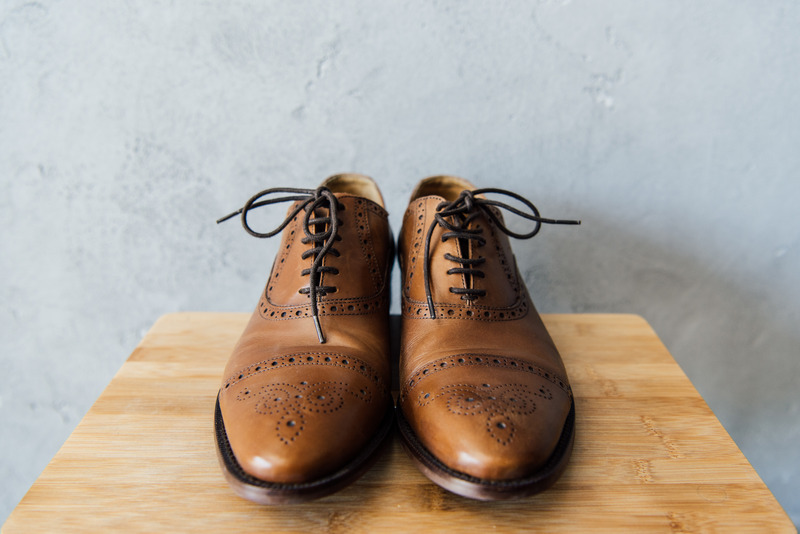
“Clothes make the man”. This proverb stands the test of time for men’s etiquette. A man should be appropriately dressed for the occasion, shoes included. Most people will be able to determine the quality of dress shoes in an instance. Why go through the hassle of splurging on a nice suit if your shoes can’t match up?
When we examine the construction of dress shoes, these are the three methods that cobblers use:
- Cemented Soles
- Blake Stitch
- Goodyear Welt
Cemented Soles is the cheapest, fastest, and most common method of dress shoe construction. The sole of the shoes is attached with a strong adhesive, commonly known as cement.
The adhesive is meant to act as a strong glue, able to withstand friction and heat. This method is also used in more casual shoes with rubber soles such as sneakers.
Since this construction is the cheapest, the shoes can be priced much more aggressively than its competitors. Yet, the cheap construction also lends to its greatest disadvantage.
This construction prevents any sort of resoling. When the sole is damaged, you cannot add more adhesive to repair it. You must replace the shoe once damaged.
Blake stitching involves a single stitch alongside the inside of the shoe. The notion of stitching the sole towards the foundation allows any cobbler to repair it if damages are spotted. The interior stitch also allows the shoe to be constructed with fewer layers, providing more comfort and flexibility.
The interior stitching does lead to two major issues with the construction. While the shoe can be resolved, it requires a specific machine, making the process highly expensive. The fewer layers that give the sole flexibility, also make it less water-resistant. This makes it easier for water to pool in the sole.
Goodyear welting is the most durable method of construction but also the most expensive and labor-intensive. This is accomplished via a two-level stitching process, making resoling easy as it can be accomplished by hand or a universal soling machine.
The extra level of stitching also makes the shoe more water-resistant and supportive at the cost of flexibility. The only downside to this construction is the price point.
|
$39.99
|
$89.69
|
$87.55
|
Quality of Work Boots
Work boots are just as important as any other personal protective equipment on the site. A quality work boot should not only provide comfort for rough terrain but should be sturdy enough to protect against any on-sight accidents.
Construction sites are littered with hazards, which is why your work boots need to have quality toe protection. There are three types of protective toe caps:
- Steel: The most traditional form of toe protection, the heavy nature, provides puncture protection and is shatterproof. Be warned though, the steel material conducts temperature better than others, so expect your feet to get cold during the winter season.
- Alloy: The most popular type of safety toe. They’re made lightweight materials like aluminum and titanium but are as strong as their steel counterpart. The lighter weight will instantly provide more flexibility, at the cost of not being as impact-resistant as steel.
- Composite: Unlike the other two types, this toe protection consists of no metal. Instead, they’re crafted from material such as plastic, carbon fiber, and rubber. They provide lightweight toe protection while also be better at temperature regulation due to the insulating properties of its composition. The rubber offers better electrical resistance as well.
|
$90.07
|
$159.95
|
$156.17
|
Slips, trips, and falls are some of the most common workplace injuries besides damages from impact. As a result, work boots have soles designed specifically to be slip-resistant. The level of resistance depends on the design, material, and tread pattern. There are three types of soles for our work boots:
- Rubber: The most common outsole for work boots. The natural gripping property of rubber offers resistance to abrasion, oil, and slips. Regardless of the terrain being either dry or wet, you will not slip with this type of outsole.
- Thermo Polyurethane (TPU): The elasticity and transparency of this sole make it ideal for anyone exposed to chemicals or high temperatures. The durable nature of the sole ensures heat resistance up to 266-degree Fahrenheit
- Ethylene Vinyl Acetate (EVA): A foam-like material that helps make great midsole cushioning. While not so important for slip resistance, this extra material provides great stability for support if your job requires plenty of walking or climbing.
|
$69.88
|
$89.99
|
$157.94
|
Quality of Running Shoes
A good pair of running shoes is the determining factor to not only the quality of your stride but the health of your feet after every session. You’ll be remiss if you think buying a pair of lower-grade running shoes will get you ready for a half-marathon or even a 5K run.
While all running shoe manufacturers construct their shoes differently, they are typically composed of:
- Carbon & Blown Rubber Outsole: This creates the “tread” of your shoe, playing a vital role in durability, grip, and traction.
- Standard shoes have a semi-curved last for speed and support. Trail shoes will have a more aggressive tread pattern with deeper lugs and a straighter last for added stability.
- Foam Midsole: This is where you’ll find the cushion and support of the shoe. Every brand has their patented cushioning technology, typically made of EVA foam air or gel. The grade of cushioning is all dependent on the user.
- Max cushioned shoes provide the most shock absorption at the expense of responsiveness and less contact with the road.
- On the other side, light-cushioned shoes provide the opposite experience. It is less durable and has less shock absorption, making it perfect for speed and low mileage.
- Nylon Mesh Upper: This area provides ventilation and protection to the top of your feet. Most road running shoes tend to have more flexibility, allowing your feet to swell and move around naturally while running.
- Trail running shoes have a more reinforced upper, consisting of a tighter stitching and more firm material. The lower flexibility will grant higher protection to your feet while training on harder terrain.
While this factor shouldn’t sway your purchasing decision alone, it’s still important to inspect the “drop” of your running shoes.
A heel-toe drop is a difference in the material underneath the heel and underneath the forefoot of a shoe. Most running shoes will have more material under the heel to help absorb the impact of landing.
Depending on how you land on your feet, the appropriate drop for you can be determined.
- If you land heel first or have issues with your Achilles tendon, invest in a high heel-toe drop (over 7mmm).
- A low heel-toe drop (0 to 6mm) is perfect for runners who land on the middle or front of the foot.
As we stated, the heel-toe drop is not an essential factor to consider unless you plan to run a higher-mileage race. What should be most important is how comfortable the shoe feels when static and in motion.
Life Hacks For Older Shoes

Even with proper budgeting aside, you may not have the luxury to immediately invest in a quality pair of shoes. You may be thinking that your doomed to forever walk in that pair of sneakers that you’ve owned for 4 years now.
As we stated, these types of shoes will eventually hasten stability imbalances and other health issues for the individual. But that doesn’t mean that we can take the initiative and salvaged a bad situation. Let’s look at some methods to alleviate the problems associated with an old pair of shoes.
Shoe insoles are seen as an essential tool to enhance comfort and quality protection to your feet. Designed in a way to minimize shock when engaging in physical activities, you’ll notice an enhancement in your general health.
The reduced impact will also prolong the shoe’s lifespan. As the foot is kept in a natural stance, the design of the shoe is maintained as well. This decreases the risk of further damages to its integrity.
Most quality running shoes have a lifespan of 300 to 500 miles. After hitting this range, it is highly recommended to invest in a new pair to avoid strain and the potential formation of blisters.
The damaged integrity will loosen the tightness of the shoe, increasing sweat and moisture build-up. If you must run in shoes past their lifespan, consider using an antiperspirant or anti-friction stick to your feet.
Something as simple as baby powder will lower the risk of blister formation during your run, ensuring the quality of your present and future runs
If the water resistance of your work boots begins to crumble, there are life hacks to remedy this dilemma.
You’ll be surprised to find that beeswax can revitalize those lost properties. Ensure that the shoe has been cleansed with a damp cloth, begin to rub the wax all over the outside of the shoe.
The motion should be similar to coloring with a crayon. Once you have coated the entire shoe, wave a hairdryer over the shoe at high heat until the wax disappears. Test the waterproofing by pouring a cup of water. The water should bead and roll right off!
Another dilemma is the loss of traction due to a worn-down tread. In the winter months, poor traction will inevitably lead to the embarrassing moment of slipping on ice.
To avoid this embarrassment, there are two popular methods to restore traction to worn-down boots. The first is rubbing sandpaper against the bottom.
Having a rougher texture on the bottom will increase the “grip” you have on the ground. If you don’t want to get your hands dirty, you can attach grip pads for slippery surfaces.
Regardless of the financial situation, no one should be forced to spend their days with a bad pair of shoes. Hopefully, this sample of life hacks can make the wait for a better pair a little more bearable.
Final Thoughts
We’ve all been guilty of purchasing an expensive pair of shoes, only to realize how uncomfortable they feel after a 5-minute walk. There’s no shame to this; it’s all part of the learning curve.
The price point of any item, especially shoes, is not always a precise indicator of their overall comfort. The best indicator will always be how they feel on YOU!
We have demonstrated numerous instances where, with a few clever hacks, a $50 pair of shoes can be as comfortable as their designer counterpart. No pair will fit the need of every consumer that tries them on.
The best indicator of comfortability is to take the necessary measurements for each foot and demo a pair yourself. You’ll be surprised how often you’ll discover a cheap pair that felt like a dream to walk with.
You should always go the extra mile to find the pair that fits you perfectly. Similar to any other high-end investment, once you hand over the cash, you’re more or less stuck with the item. As a result, you might as well do the research and discover the pair that fits just right to you.
Thanks for visiting Helpshoe.com

